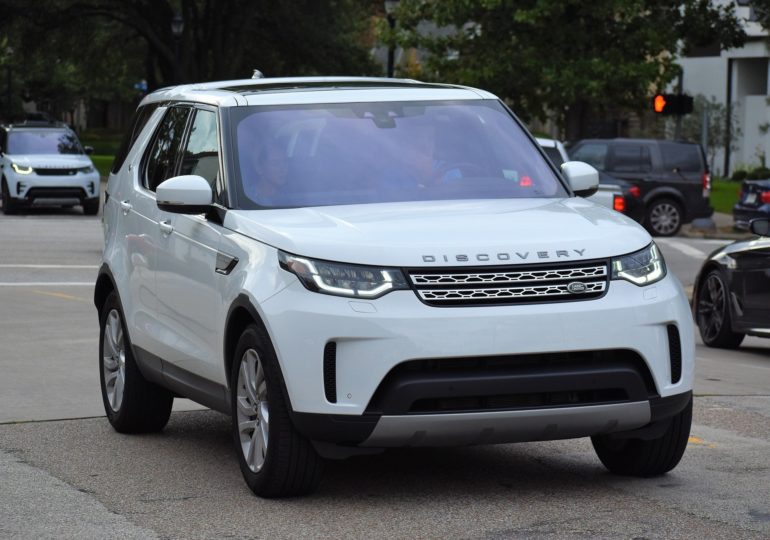Rush hour will likely return when pandemic lockdowns lift, but a new study suggests that congestion pricing—policies that charge tolls for driving during peak hours—could not only cure traffic jams but also convince motorists it is safe to buy smaller, more efficient cars.
Researchers from Washington State University and the Brookings Institution studied a sample of nearly 300 households in the Seattle area over a six-year period, finding that the more congested their commutes, the more likely they would buy bigger cars which they perceive as safer and more comfortable. They then modelled what congestion pricing might do to change car purchase decisions, finding it would reduce the market share of mid- to full-size SUVs by 8%.
Nationally, shrinking that number of large vehicles on the road would mean a 10% decline in the vehicle fatality rate, saving lives and $25 billion in associated costs as well as another 3% in improved fuel efficiency which amounts to nearly $10 billion in savings.
“We found that congestion pricing can reduce congestion on one side and reduce vehicle size on the other,” said Jia Yan, WSU economics professor and corresponding author on the study published in the Journal of Econometrics. “Then the positive impacts of decreasing vehicle size mean that energy consumption and fatality rates can also drop.”
In 1980, light trucks and SUVs made up only about 20% of new vehicles sold. In 2017, that figure had risen to 62%. Previous research indicates that traffic jams can lead to an “arms race” with drivers buying bigger and bigger cars for their perceived personal safety on congested highways when accidents are more likely to occur.
“If the highways you are travelling on are very congested, and you are sitting in a small car surrounded by many large SUVs, that may motivate you to purchase a larger car to protect yourself. It’s logical reasoning,” said Yan. “If the congestion decreases, and drivers can easily travel on a free-flowing highway that self-protection motivation drops.”
Drivers are also drawn to the comfort of larger vehicles when they spend more time traveling on a highway, Yan added. When congestion decreases, the two motivations of safety and comfort also decrease, the authors found, and it’s less likely that commuters will choose to purchase larger vehicles.
While many people perceive that having a large SUV or light truck will protect them personally, studies indicate that larger vehicles increase the risk of fatalities for the occupants of smaller cars in multi-vehicle accidents.
“There’s always a trade-off between your own benefits and the cost to others in society,” said Yan. “When people purchase a large vehicle, they don’t always take in these externalities—these negative impacts—into consideration. They only consider their own self-protection, or whether they are comfortable when they’re driving, so this is why we need better policy.”
Air taxis could reduce fuel consumption, alleviate traffic congestion
More information:
Clifford Winston et al, Vehicle size choice and automobile externalities: A dynamic analysis, Journal of Econometrics (2020). DOI: 10.1016/j.jeconom.2020.07.032
Provided by
Washington State University
Citation:
Congestion pricing could shrink car size (2021, May 13)
retrieved 14 May 2021
from https://techxplore.com/news/2021-05-congestion-pricing-car-size.html
This document is subject to copyright. Apart from any fair dealing for the purpose of private study or research, no
part may be reproduced without the written permission. The content is provided for information purposes only.



